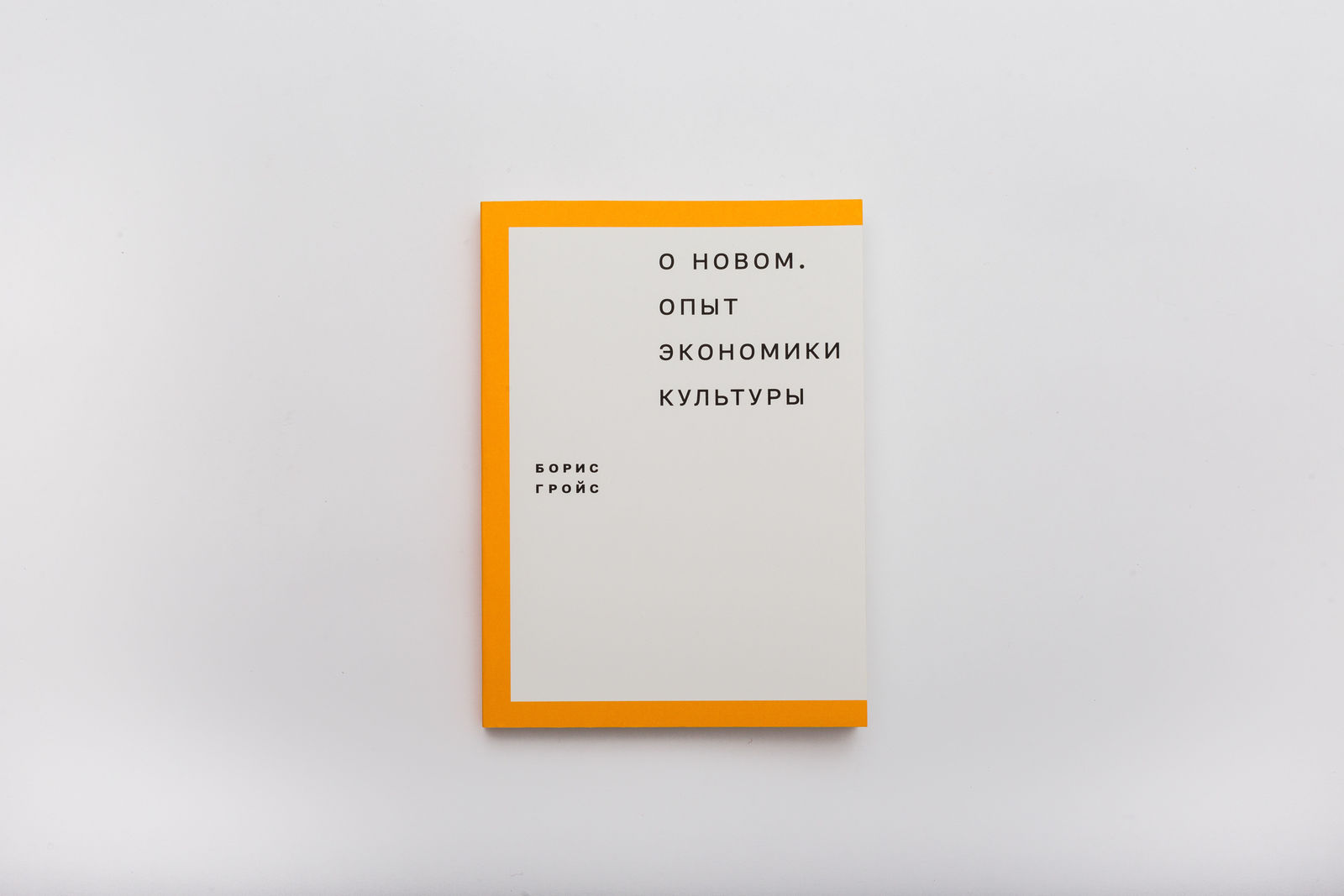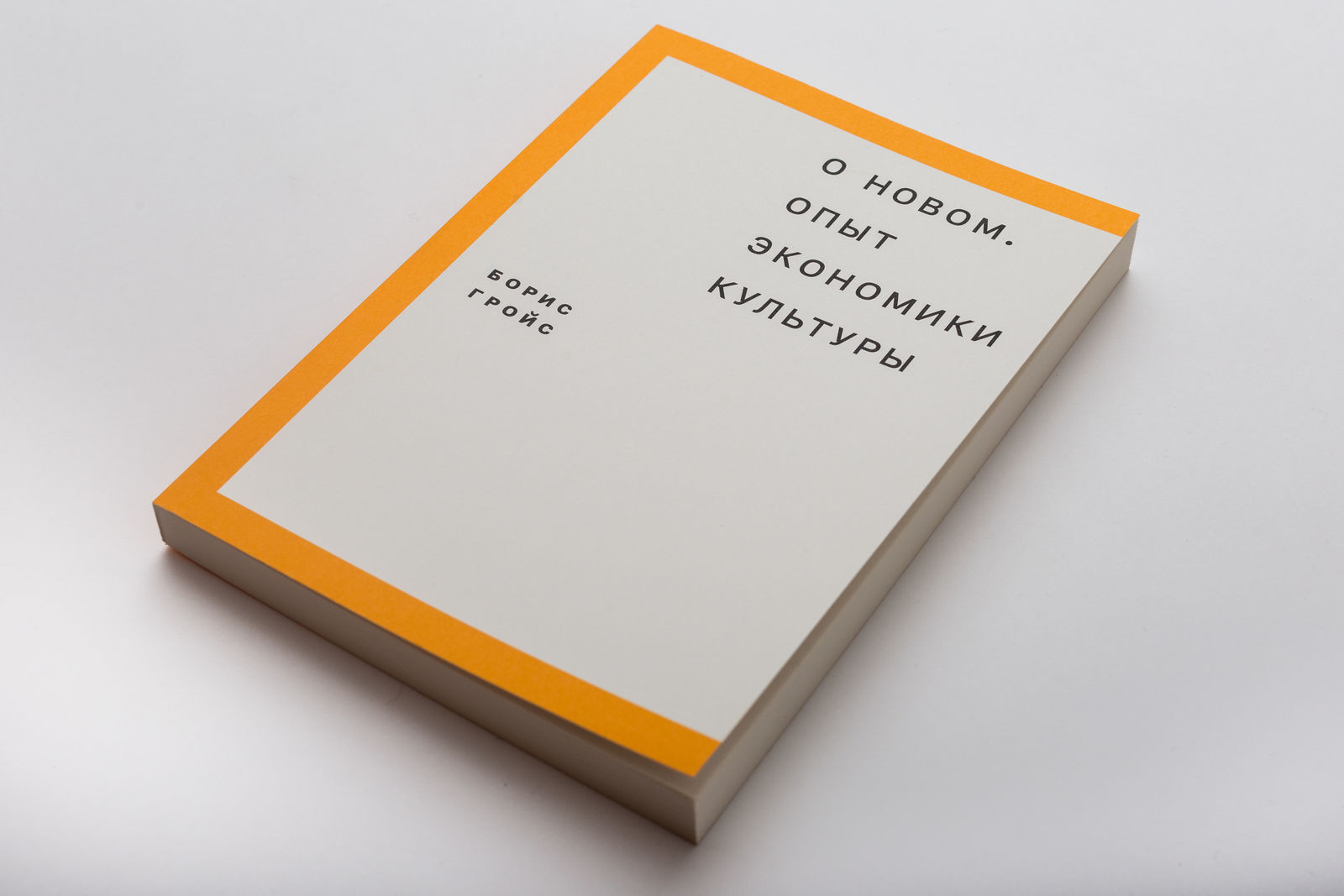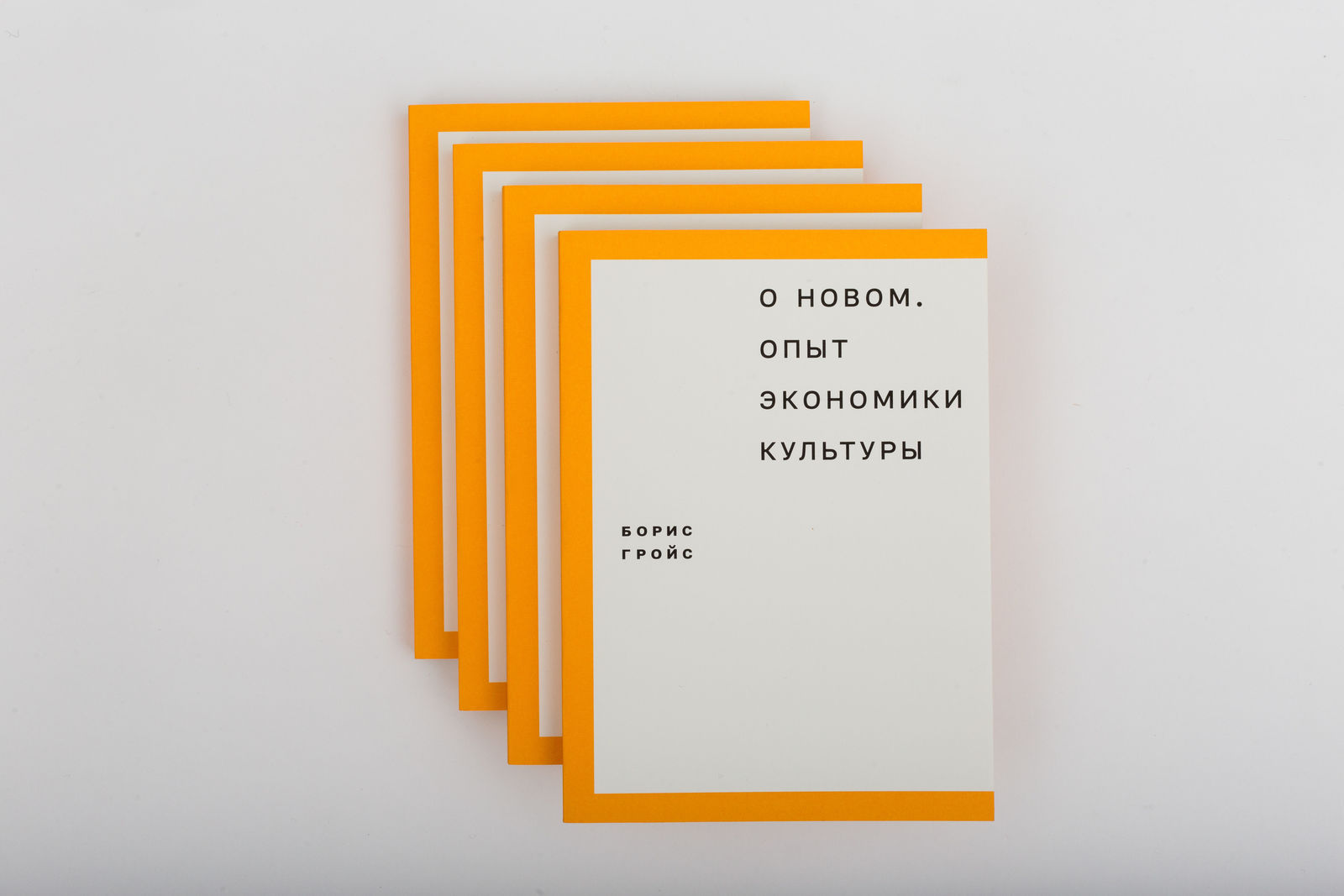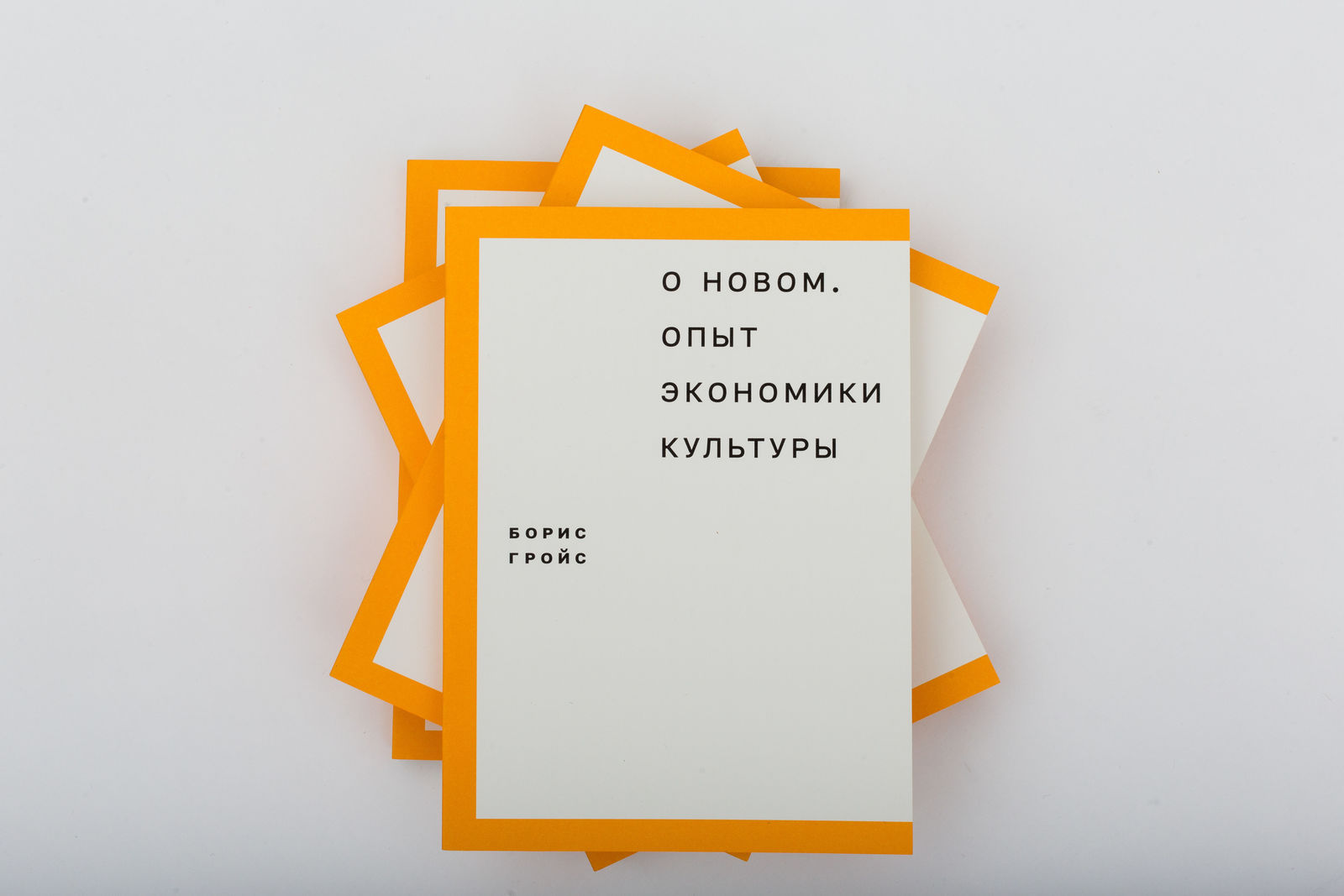Garage Museum of Contemporary Art and Ad Marginem Press are launching a new addition to their joint publishing program: On the New. An Attempt at Cultural Economy by Boris Groys.
On the New first came out as an essay in Groys’ Utopia and Exchange collection, published in Russia in 1993. A revised version later appeared as a separate publication in German and was translated into several European languages. The new Russian edition is a translation from German approved by the author and published with his introduction.
Speaking of the new in postmodernity after the “death of the author,” when everything seems to have been done, might seen absurd, but, as Groys points out, the contemporary development of culture is governed by the compulsion to innovate. Theoreticians, writers, and artists are required to produce the new, just as earlier they were required to follow tradition and comply with its criteria. The very idea of the new, Groys goes on to explain, has changed: the search for the new used to be driven by the aspiration to discover the truth, essence, meaning, nature or beauty. But today people are not interested in finding the ultimate truth beyond cultural differences, and the new is defined solely in relation to what is considered old and traditional in a particular culture.
The same principle now applies to art and its evaluation: an artwork’s value is determined by its relation to other artworks, and not by its relation to extra-cultural reality, its verity or meaning. This means that innovation in culture has come to mean re-evaluation of existing cultural values and has essentially become an economic operation. Everyone who wishes to take part in social life has to take part in this exchange of values. Interestingly, the fact that culture is driven by an economic logic does not imply a reductionist idea of culture itself.
According to Groys, innovation is the negative following of a cultural tradition — the act of making art despite the traditional understanding of art. The relation of an artwork to the cultural tradition and its ability to negatively follow it become the main criteria in evaluation of art.
This idea of negatively following a tradition and making artworks despite the existing practices opens the way to turning banality and the everyday into cultural meaning, and thus questions the disposition of the old and the new. A perfect example of this metamorphosis to Groys is Marcel Duchamp’s readymade. Bringing it in as the epitome of dialectics between the old and the new, the everyday (trivial) and culture (values), Groys reflects on how art and theory become culturally important.





